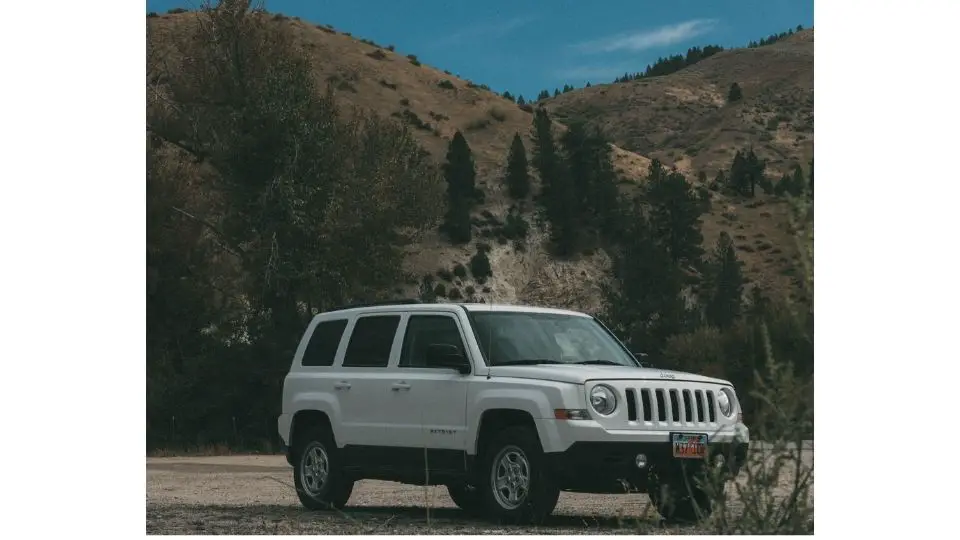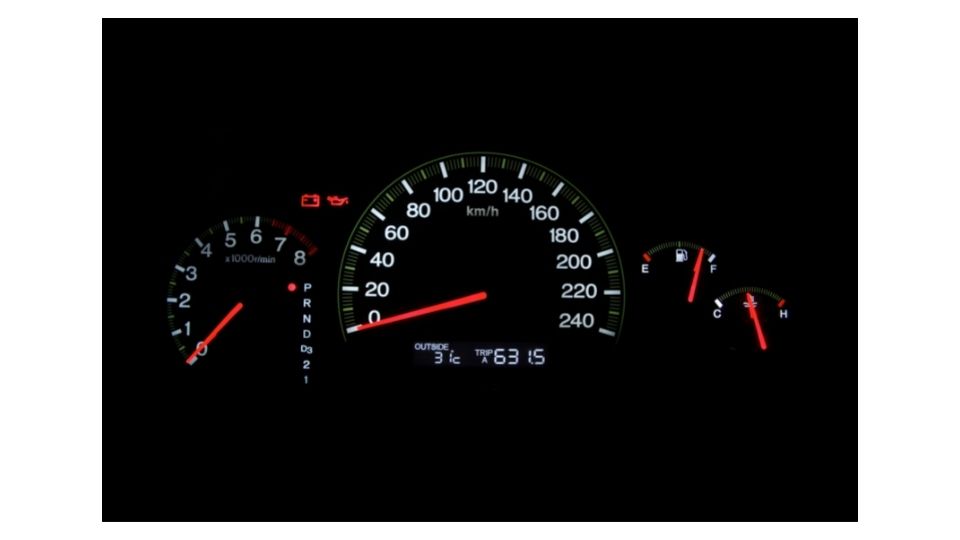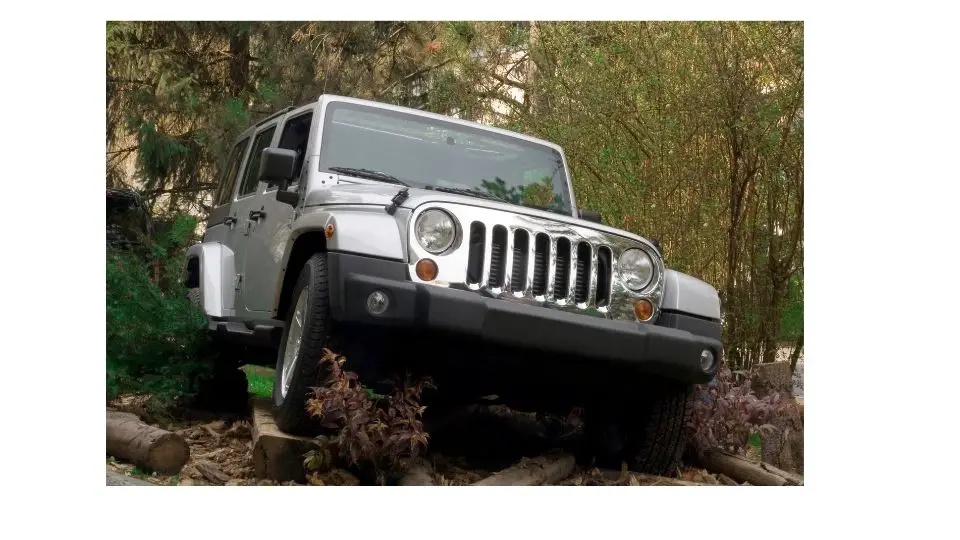A Jeep Liberty is a decently fast enough car when it’s brand new. Unfortunately, as the years go by, it can become slower and slower. This is due to a lot of factors, including changes in engine technology over time and general wear and tear on the car. However, there are some things that you can do to make your Jeep Liberty faster than ever before let’s jump to it.
How Fast is a Stock Jeep Liberty?
The fastest stock liberty comes with a 3.7L v6 engine that produces 210 horsepower at 5200 rpm while producing 235Nm torque at 4500 rpm. The 4-speed automatic transmission, with that power goes from 0-60 in 9.3 sec. The Jeep Liberty has very good handling and it is easy to control at high speeds albeit an older car. It is one of the most comfortable cars you can buy today. The car handles well on all types of roads, even in bad weather conditions.
Can you supercharge a 3.7 Jeep Liberty?
The 3.7L V6 engine in the Jeep Liberty is not designed for forced induction, so it’s not possible to supercharge or turbocharge it. However, there are a few things you can do to make your Jeep Liberty more powerful, and below are some of the best ways to get more power out of liberty,
https://en.wikipedia.org/wiki/Forced_induction
How to Make a Jeep Liberty Faster?
1. Stroker kit:
A stroker kit will give your engine a bigger displacement and more power. There are many different types of stroker kits available on the market, so make sure you pick one that fits your needs and more importantly the 2.5l or 3.5l engine.
A stroker kit involves replacing both sleeves and pistons with longer ones so that there’s more room for the crankshaft to move up and down inside of them. This allows more air and fuel into the cylinder during each stroke which results in more power and better fuel economy.
2. Cold air intake:
A cold air intake is an aftermarket part that replaces the stock air filter box with a cone-shaped filter attached directly to the throttle body. It allows more air into the engine, which gives it an increase in horsepower and torque.
A cold air intake allows more air into the engine, which means more power for you when you need it. This is another easy upgrade that will help your car perform better in any situation where there is less airflow available (like when climbing a steep hill).
3. Aftermarket exhaust & Cat Delete:
Aftermarket exhaust systems are designed to replace the stock exhaust system on your vehicle with an aftermarket product that not only sounds better but also increases performance. Another thing you can do is a cat delete, which is a modification that removes the catalytic converter from the exhaust system. This allows more unburnt fuel to flow through the engine, increasing horsepower and torque.
4. Replace Spark Plugs:
If your spark plugs are older then they should be, then it’s time to replace them. Spark plugs are essential for engine combustion and proper operation. If they aren’t working properly, then you can experience a loss of power and poor fuel economy.
5. Change Air Filter:
Your car’s air filter cleans the air that enters your engine, so if it gets clogged up with dirt & debris from driving on dusty roads then it will cause your engine to work harder than necessary which means you’ll experience less power & fuel efficiency.
6. Get Lighter Tires:
If you have heavy tires and are looking for more power & fuel efficiency, then consider switching to lighter ones. This will also help improve your car’s handling as well. If you are not looking to change the current tires then consider using nitrogen inflators instead of air. This will decrease the rolling resistance of your tires which can help improve the overall acceleration.
Conclusion
There are many things that you can do to improve your liberty’s performance and fuel efficiency. By making the above-mentioned changes, you should be able to see a noticeable difference in how your car performs. As with any modifications or improvements, make sure to do some research before investing in any of these products or services so that you know which ones will work best for your vehicle.





